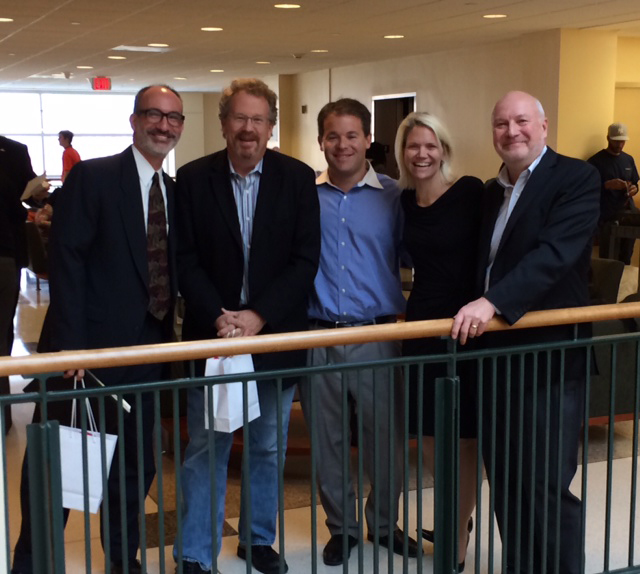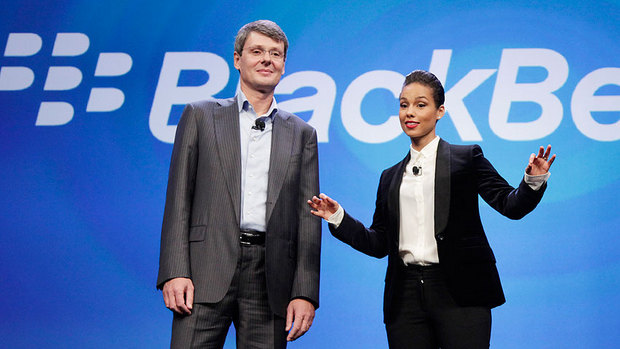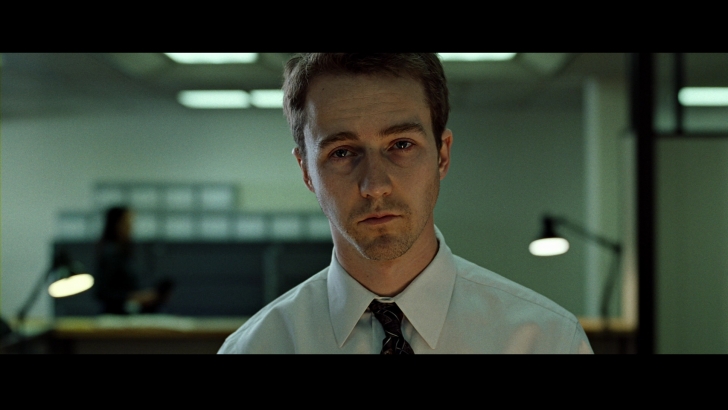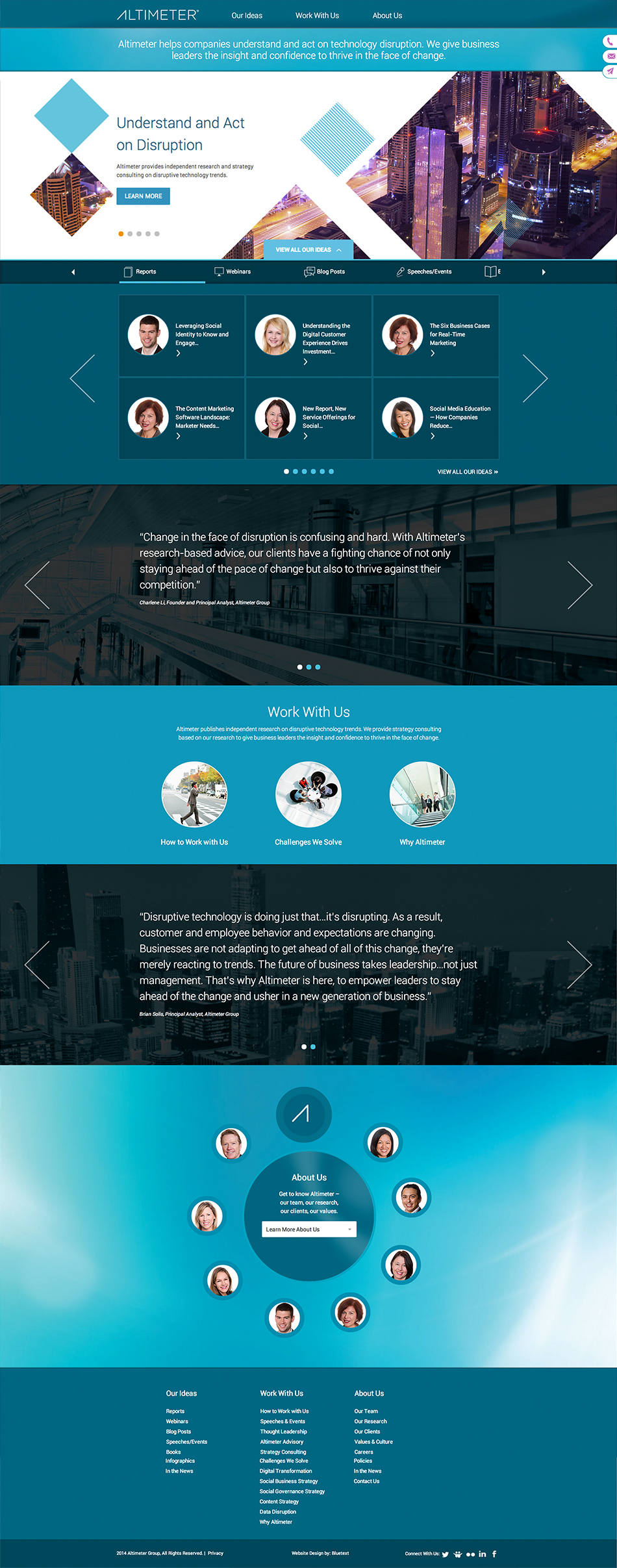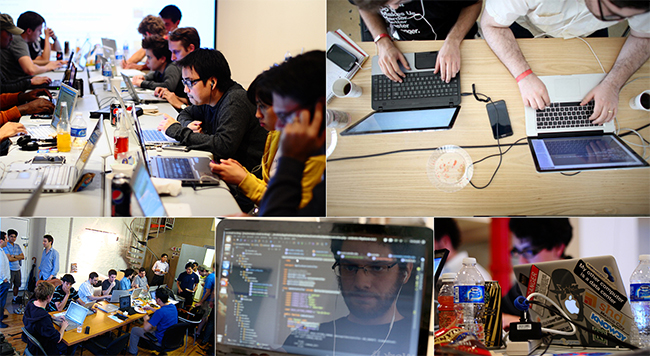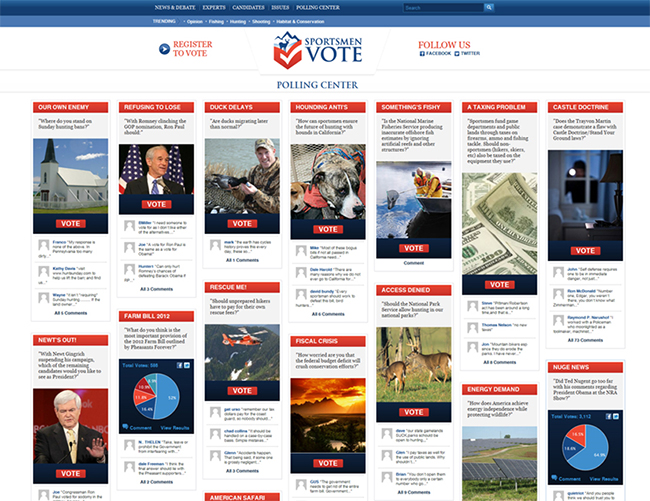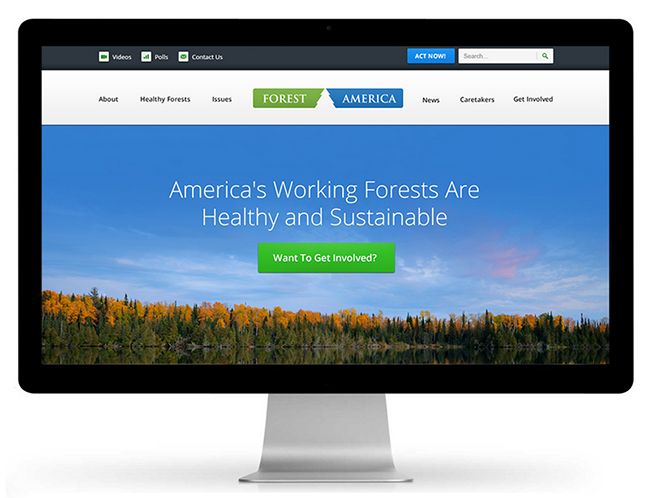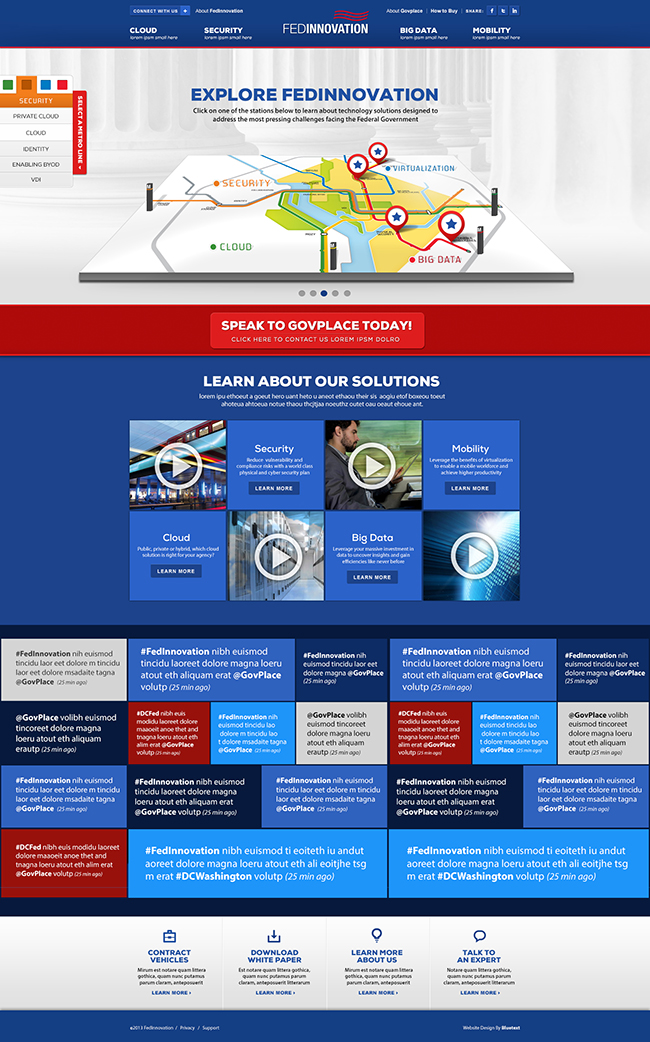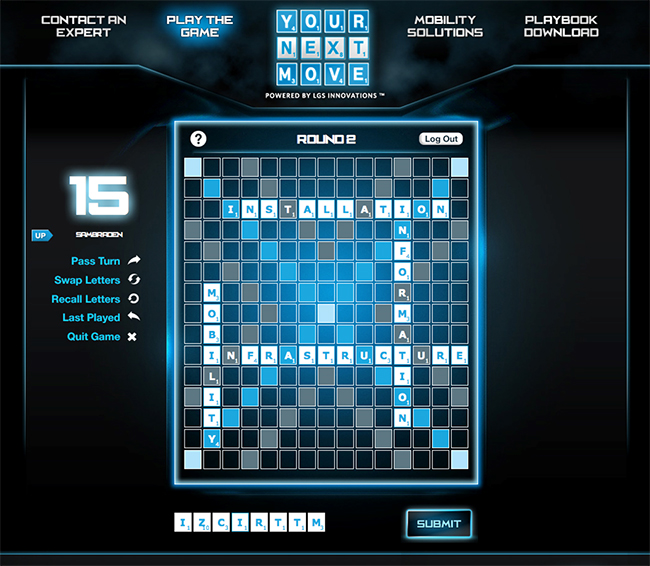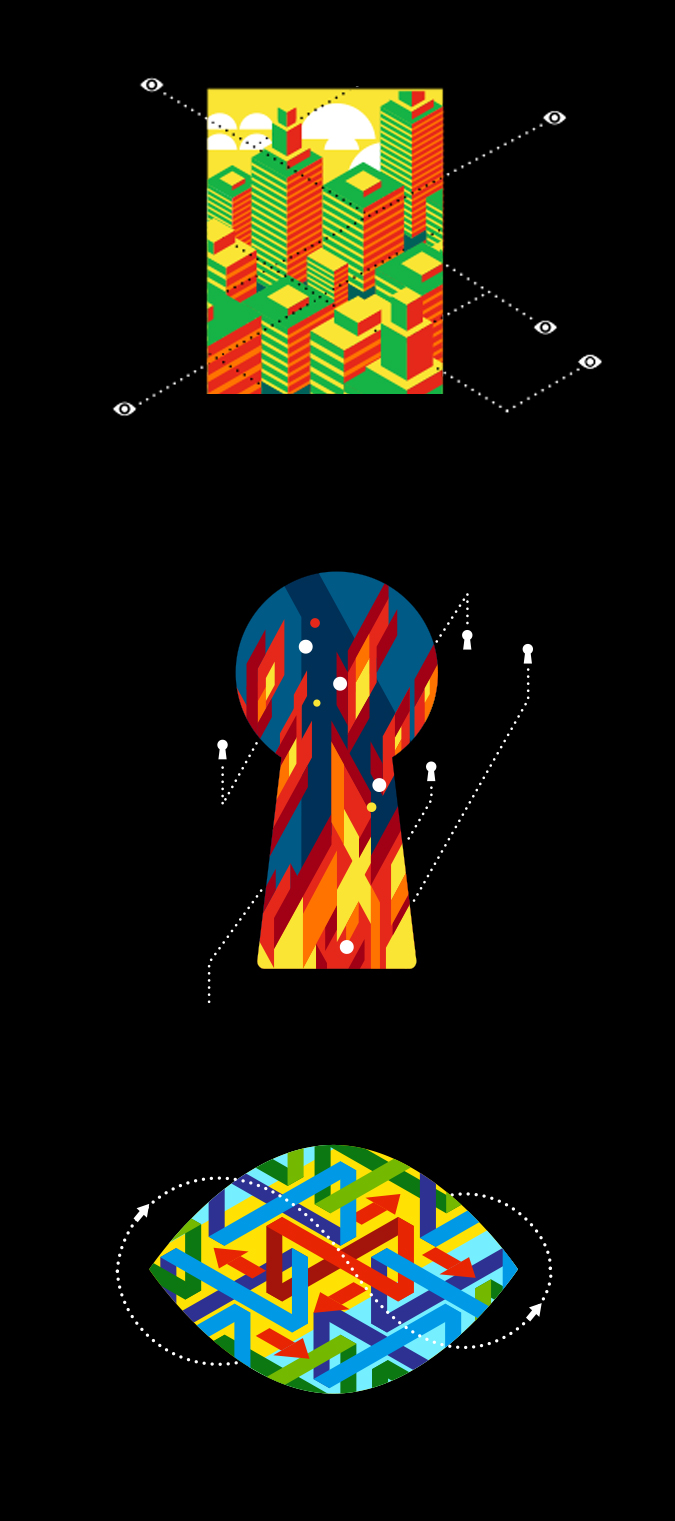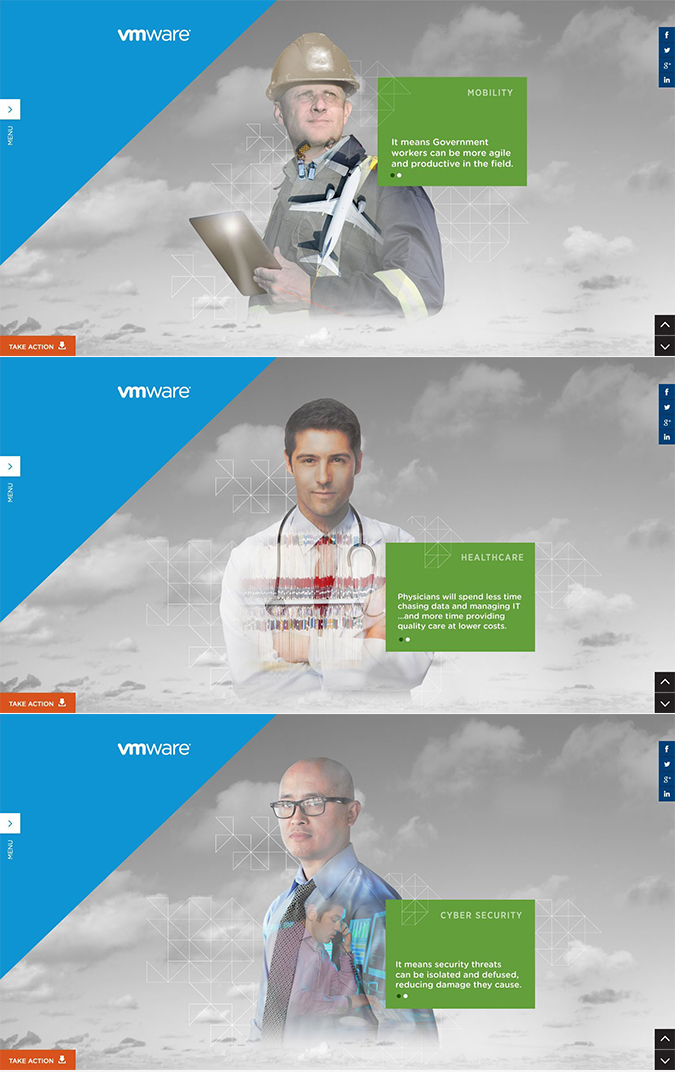Today CSC launched the 2.0 version of its Digital Briefing Center. CSC’s Digital Briefing Center is where customers, partners and prospects from across the globe can come to learn more about the key technology conversations and shifts CSC is driving into the market.
The center is driven with immersive 3D video technology that is completely interactive through html 5 overlays throughout the user journey.

Following launch, Bluetext’s collaborative creation with CSC’s Digital Marketing team became the top performing component of the csc.com global web presence, a huge feat for a Fortune 500 corporation.
Version 2.0 features new capabilities spanning:
- Multi-floor scalability
- Triple screen experience
- Dynamic social media integration
- Triggered infographic visualizations synched with briefing videos
- Chaptered video interactivity
The following video of CSC’s head of global brand and digital marketing talks about this project:
Contact us to learn about how we create innovate digital experiences for brands like yours.
Today I was honored to be asked to speak to the University of Maryland’s Smith School of Business MBA class about creative and digital marketing. The students were senior execs spanning many Fortune 500 companies across a variety of industries. The interactive dialogue was great. Jeb Brown, the MBA professor, issued three mandates for my presentation:
1 – Describe what makes a bad client
2 – Describe how to get the most out of your agency
3 – Describe the way you solve clients problems
#1 I wanted to start out with some humor. The following “client sayings” are great signals for what makes a bad client.
#2 When asked to talk about how to get the most out of your agency, I focused on this simple list…
• Be thoughtful
• Be patient
• Be open
• Be kind
• Be consistent
• Be appreciative
• Be budget-realistic
• Be schedule-realistic
• Be generous with your time
#3 When asked to describe the way Bluetext solves Marketing, Branding, and Communications challenges, I decided to use client case studies and present our methodology through the lens of each client’s custom solution. Please click the following links to learn about those stories.
1 – Google
2 – Adobe
3 – FireEye
It was a real honor to talk to so many great marketing, branding and communication executives from so many industries. The conversation was lively, with humor at times but also serious when talking about the importance of Return On Investment in the ever-changing marketing and digital world we live in. To learn more about this presentation and Bluetext please contact me.
Over the last five years there has been a lot written about the customer journey and the changing nature of how marketers must develop and present content to address a more informed customer with so many channels for gaining knowledge and insight into your product or service.
McKinsey recently found that 50% of all interactions for a customer happen during some multi-step, multi-event journey. That is why marketing automation platforms like Marketo, Pardot, and Eloqua have gained so much attention and momentum over the past few years.
At Bluetext, we are not in the business of recommending or optimizing marketing automation platforms. Anecdotally, what we hear and see from our clients and prospects is that while their enterprises are moving to these platforms, and there are technology consultants to help optimize them, the care and feeding of them with smart, relevant and consistent content is where they struggle.
Marry that with our belief that every online or offline interaction between an enterprise and their customers must deliver the same powerful, consistent brand attitude and message, and you see where we work with enterprises in the customer journey.
If you are struggling with how to deliver a clear, consistent and powerful message throughout the customer journey process, it is time to step up. You can rest assured that your prospects have noticed and have moved on to a competitor. Here are six baby steps that can make a difference in your 2015 execution.
1. Think Strategically, Not Episodically. When a client requests a quick ad or poster for an event that has just popped up, we always try to start with the why versus the what. Ask yourself the tough questions and push everyone around you to make sure that the output they are delivering helps tell your overall product or service story.
2.Is Your Content in Context? You have a new feature in your product, hired a new executive, or won a new contract…and you want to tell the world. Ask yourself so what? Why should the customer care? If the news is going to help you drive home an important message to your customer or prospect, go for it. If not, create content in the context of your customer’s pain points and ensure you hit those messages effectively.
3. Map Out Campaigns and Plans. Create Quarterly Campaign Themes that Can Drive Every Marketing Element You Plan to execute. Make sure these campaigns align with outside factors that are impacting customers, such as budgets or the seasons, and the direction of your enterprise product roadmap.
4. Deliver with Visual Impact. The world is changing. The white paper is getting replaced by infographics. Written blogs are getting enhanced with video. Are you making sure that when a customer sees anything from your organization, it is consistent and delivered with impact? Do customers get the same experience when visiting your website on their iphone as when they visit you at a breakfast seminar?
5. Put Your Customer First. Are you talking their language? Does your CTO talk about technology for the sake of technology, or how it will impact customers? If you put yourself in their shoes and stop drinking the kool-aid during your planning process, the end content and result will always be better.
6. Analyze. Analyze. Analyze. Not much needs to be said here. If you can’t measure it then you definitely can’t manage it.
Are you ready to step up your game in 2015? Whatever marketing platform you are using, you need to make sure that you are following these steps to take your prospects on a meaningful, contextual journey. We can help. Give us a call. Having an agency riding shotgun on this process can remove a lot of risk and ensure every deliverable is as impactful as possible.
If you canvas the most respected marketing decision makers, each can no doubt share examples of bold, innovative marketing programs that did not work out. But the enemy of marketing innovation isn’t failure, its repetition; repeating the same approach again and again – even if the results do not meet expectations. As you sit down to create your marketing plan for 2015 and evaluate what worked and what came up short this year, here are six ideas to consider if you are not driving the amount of visibility, buzz and sales that you expect.
- Throw out the Baby with the Bathwater. Sometimes you need to cut your losses. A poorly designed website, a poorly received message, or a poorly produced video which cost a lot of money may be hindering your ability to market your company and get your message out. Be honest about what is working and be prepared to scrap that campaign which you spent a lot of money on.
- Put an influential name or face to your product or company. This is a strategy that has been written about extensively with clear results. Our clients have contracted with celebrities including Lewis Black, Joe Torre, and Frank Abagnale to put a face to their brand. The celebrity can be leveraged for a variety of activities, including social media, customer events, and immediate recognition across ads, etc. Please reference this blog post for more on this tactic – http://bluetext.com/celebrity/.
- Sometimes the Local is the Way to Go. The content marketing train is zooming across corporate America, much to the displeasure of the PR budget. It is not the only way to get to your destination however. PR has a very important place within every marketing budget. While many consider it to be an old school tactic, the validation you can receive from a well-placed story about your product or service can be worth 10x the investment if done right. My partner Brian Lustig will be writing about this in a blog post next week.
- Go Out on a Limb with a Sponsorship. How many times have you said that my company does not have the budget to do a major sponsorship? Take a step back to look at the number of events you have sponsored with a lame table top to appease a sales representative where no viable leads came out of it. Those costs add up. Take that money and do sponsored Tweets, webinars or branded social properties, or sponsor a well-known organization that will create some buzz for your company. This can be measured in many ways and is often used to put a company, product or service on the map.
- Zig When your Market is Zagging. The best marketers are known for executing bold campaigns to stand out in crowded markets. How bold are you willing to go? Are you marketing to save your job or get your next one? I was in a pitch the other day where the CEO of a start-up SaaS company talked about taking on an entire industry.
- Go Mobile First. Anyone that tells you that you don’t need to worry about mobile visitors and site traffic has ocean front property in South Florida to sell you. Sure, we can all look at the analytics and it is true that data trumps opinion, but mobile is only getting more popular and the user experience should be well designed for a mobile world. Responsive design is clearly the direction that the industry is headed and one that you must deploy to stay relevant for the long term.
Are you ready to get started? Are you ready to break new ground with your marketing program? Don’t look now but unless your foot is on the pedal then your competitors will leave you in the rear view mirror…and that is not a place that most marketers want to be.
Whether it is a 12-year-old buying a new basketball shoe, a college student looking for a new smartphone, or an IT manager evaluating which cloud CRM tool to purchase on behalf of the company, there is no denying that each can be influenced in the buying decision. Price, design, and features all play a huge part, but consumer and business brands have also recognized, going back centuries, that the right celebrity endorsement can have a disproportionate impact on the buying decision of a large number of individuals.
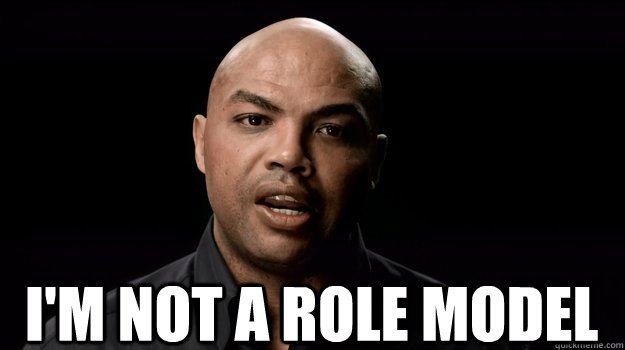
For businesses considering the use of celebrity spokespeople for their brands, it is not as simple as forking over a sack of money to someone famous and expecting a flood of new product/service orders to follow. Success requires a mix of the right chemistry, strategy, and execution.
A brand might turn to a celebrity for a variety of reasons ranging from inspiration to desperation. In the latter category, one might look to when BlackBerry appointed singer-songwriter Alicia Keys “Global Creative Director” a couple of years back. BlackBerry was suffering from a brand perception as a functional device lacking innovation and hoped that Keys, a genuine BlackBerry user/fan, could inject creativity into branding efforts.
While opinions differ on how much a celebrity can impact sales, research published in Marketing Science in the March/April 2013 issue found that the right celebrity endorser could in fact boost sales. Research authors found that from 2000 to 2010, the Nike golf ball division secured an additional profit of $103 million via the acquisition of $9.9 million in sales from Tiger Woods’ endorsement. Through additional sales generated when Woods topped the rankings, Nike recovered 57 percent of the $181 million the company paid Woods between 2000 and 2010 – and that was on just U.S. golf ball sales alone.
Celebrity endorsements can and often do work. To maximize the use of celebrities for brand marketing campaigns, there are a few considerations and strategies to keep in mind:
Analyze the celebrity’s social reach and audience
When partnering with a celebrity for a marketing campaign, your brand should conduct a thorough analysis of the celebrity’s social channels (Twitter, Facebook, Instagram, YouTube, etc.). This analysis must extend beyond simply concluding the celebrity has a large number of followers, and take into account several questions:
- Is the celebrity willing to reach out to his/her followers as part of this campaign? If so, how often?
- Does the general profile of the celebrity’s social audience align with the product or service your brand offers?
- How has the celebrity’s audience reacted in the past to brand endorsements? Receptive? Hostile? Skeptical?
- What is the tone of the celebrity’s past social media communications, and does this tone pose risks based on the current brand mission?
If your brand believes the celebrity’s social media presence needs to play a significant role in the success of the campaign, it is critical to answer these questions before any paid partnership is struck.
Leverage celebrities passionate about your brand
It goes without saying that the overwhelming majority of celebrity endorsements are transactional in nature. In other words, a brand offers to pay a celebrity a certain fee to serve as spokesperson, and the celebrity agrees to that price. Brands should be tuned into how celebrities talk about their brand – whether it is a particular smartphone, food item, airline, or even a conference calling service – and if it finds celebrities organically speaking positively about the brand in a passionate way, a more genuine marketing opportunity is created. It is hard to artificially create “celebrity chemistry” with a brand and/or its product, so when that already exists, audiences will recognize it and the impact can be more tangible.
Don’t fear “odd couple” pairing of brand and celebrity
Chuck Norris’ endorsement of The Total Gym makes sense. So does, for example, a supermodel hawking a skin care product or an NBA player endorsing Gatorade. These endorsements follow a logical path of how we perceive the celebrity’s persona to be (even if that persona is purely based on fictional characters they play) and the brand, product or service.
But sometimes the celebrity marketing campaigns that stand out are the ones where the celebrity’s persona clashes in a humorous or dynamic way with the brand. A few years back, our team worked on a marketing campaign for Identity Guard that leveraged the in your face, brutally honest, comedian Lewis Black. On the surface, having a comedian film a series of Web videos for an identity theft protection and credit monitoring service might seem an odd fit, but it worked because at the time LifeLock was marketing with their CEO spokesperson daring thieves to steal his identity. We took the opposite tact and used Lewis Black’s personality to say NONE OF YOUR D*MN BUSINESS (NOYDB). Who better to say NOYDB than loud comedian Lewis Black?
Don’t get hung up with A-List celebrities and professional athletes
Brands often fear that only A-List celebrities can move the sales needle, but the fact is that these endorsement deals are very expensive and there is no such thing as a sure thing when it comes to the economic impact of a celebrity endorsement. A-List celebrities can come with an entourage of rules, handlers, skepticism and endorsement “baggage,” and the irony is that some celebrities are so over-exposed that when we see them endorsing a product it doesn’t have the desired impact.
Find spokespeople
who embody brand philosophy
Brands often find it challenging to attach a set of values to what is in effect a faceless corporate entity. In these cases, it can be more effective to try and find an individual whose career and experience embodies that philosophy. This approach was used for an advertising campaign, Game Changer, on behalf of leading accounting firm CohnReznick (a Bluetext client). Torre was a strong choice to serve as CohnReznick’s national spokesperson because, as the firm stated, “Joe Torre exemplifies the same characteristics that CohnReznick strives for every day in serving our clients – excellence, integrity, dedication, proven performance, and results-driven leadership.”
In summary, for businesses considering the use of celebrity spokespeople, success requires a mix of the right chemistry, strategy and execution.
This is certainly not news, but the amount of information available to target customers continues to grow by the day. Researching issues that might seem obscure and unique means sorting through dozens if not hundreds of options, regardless of how detailed or long-tale the search. The amount of information can be overwhelming, and quickly finding the best answers is becoming a more difficult challenge. This is especially true on the Internet, where chaos and complexity reign. The dilemma is that buyers don’t want to sort through the noise; they want simple choices to complex problems.
Brand simplification is one of the strategies that Bluetext is recommending to our clients as a way to reach customers with a message that resonates amongst the clutter. Paring down the brand to its core values can play across its presentation, its key messages, and even its logo. This is the essence of brand simplification, and it can be an effective approach when refreshing a brand.
People want choices; they just don’t want too many choices. The same is true when it comes to research on the Internet. They enter long-tale searches because short phrases offer too many options. Yet when they visit your site, are they quickly seeing the information that they want and need to engage with your brand, or are they confused about what you are stand for, what you are offering and how you’re different than your competitors?
For more established brands, simplifying the brand presentation to the market can convey both brand value and confidence in their relationship with their customers and a broader audience. We can see how this has played out with logos from Starbucks, Microsoft, and even Pepsi. In each case, the logos have evolved dramatically over time (and in the case of Pepsi, over a long period of time), beginning with a busier mark and moving to a more simplified design that retains many but not all of the original elements.
From logo to messaging to the larger brand presentation, this was the recent challenge facing the Altimeter Group, a successful research, analyst and consulting firm in the digital market based in Silicon Valley. It publishes a wide range of cutting-edge analyses on social media, native advertising and other trends that can help companies better engage consumers, and its team of experts has become a go-to resource for reporters and executives alike. When Altimeter Group wanted to update its brand, it turned to Bluetext. Bluetext designed a new, simplified approach, including how it presents its name, its image and all of its digital and physical assets.
We began with the simple premise that a brand simplification would help Altimeter deliver its core value and message more directly and effectively, and began with a recommendation to adopt Altimeter as a single word. The logo was streamlined with a contemporary design, and the color pallet and typefaces were revised to match.
A significant part of the brand refresh was a new website that engages visitors and provides information in a simplified and more direct approach. Instead of a multitude of confusing navigation options, Bluetext’s design offer three content paths – Our Ideas, Work With Us, and About Us. This approach allows visitors to quickly find the research they are looking for, how to engage Altimeter, and background on its team of experts without having to click through layers of pages. The content is highly search optimized.
Core to this approach is simplification of the way Altimeter tells its brand story, its new look and feel, and the way it engages its audience. When coming to the Altimeter site or seeing its new collateral and reports, there is no question about the story it wants to tell. There are still many content options for visitors to the new website, ranging from a broad selection of research to blog posts and articles from a variety of its experts. The difference is that the process to reach those options is simplified. The Altimeter team is easily found, navigation is reduced to its core elements, and messages are clear and direct. The new brand leverages the position that Altimeter has established, and will help take Altimeter to the next level in the market.
An emerging trend across business-to-business marketing is its “consumerization.” As customer expectations shift and their buying habits change, businesses that sell and market to other businesses are stealing tactics from “businesses to consumer” marketers.
Tried and true b2c marketing strategies such as user engagement, personalized content, rich media, gamification and alignment with offline events are increasingly nudging their way into b2b digital campaigns. This shift is not lost on businesses, advocacy groups and trade associations, which are all leading the charge in adapting consumerized marketing tactics to a business customer audience. They are creating digital communities to effectively tell their story, sell their products, and gain traction for their issues. These communities are designed to make complex messages more consumable, mobilize user or advocacy groups, and provide users the opportunity to join or “own” the conversation.
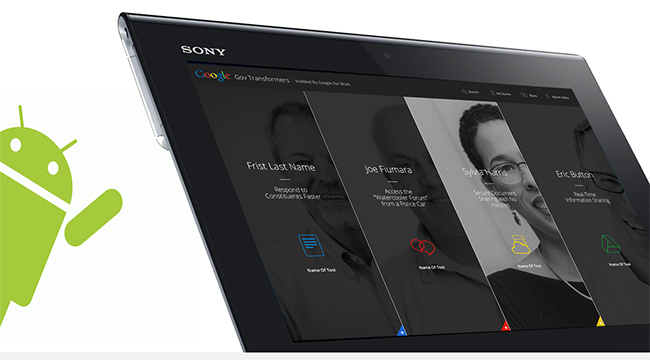
At Bluetext, our approach to developing and executing digital marketing campaigns for clients is to not be bound by conventional battle lines of business, consumer and government. Each market is surely unique, but by remaining open to innovative tactics and strategies we are consistently able to help clients’ marketing efforts stand out from the pack. Based on recent projects, we have assembled a set of core recommendations for any business or organization seeking to leverage the consumerization of b2b and advocacy marketing to impact customer buying decisions and brand awareness.
Drive Personalized Content and Experiences
By stepping back and letting your best customers and members take the lead in telling your story, the content becomes more real and personalized. One example is a campaign Bluetext developed for Google called GovTransformers that showcases a wide variety of public servants and how they are using Google’s enterprise applications. The campaign shines a spotlight on dozens of government workers all across the United States – from law enforcement to CIOs – with video profiles, photographs and written descriptions. By making customers the heroes, other customers are encouraged to share their stories.
We leveraged offline events to grow the community with a series of Hackathons in key cities around the country. Each Hackathon brings together programmers and developers over a weekend to help solve digital challenges using any developer tools they want, as long as one of Google’s enterprise apps is also part of the solution. For example, at the Denver Hackathon, one of the challenges involved automating the Colorado Disaster Assistance Center. Another challenge included designing a transparent budget data system for the state of Wyoming.
Enable Users to Join the Conversation
Giving stakeholders an easy way to join the conversation keeps them engaged and an active part of the community. We have built polling ecosystems for several clients that can span a portfolio of brand sites to access their opinions across a number of relevant issues, while giving them a platform to collect and contextualize the trends of the community through data visualizations.
For Intermedia Outdoors Network, a leading publisher of magazines for hunters, fisherman and outdoor enthusiasts, we created SportsmenVote with a Pinterest-type of format offering various issues in the form of questions that have “yes” or “no” or multiple choice answers. The results can be displayed in real-time, and a comment section is built in for those who want to expound more on the topic. The results provide an ongoing reason for the community to return to the site and engage in the dialogue, with content ready to be shared in a social “snackable” format.
Showcase Your Most Important Assets –Users
Showcasing stakeholders in their own element can be a powerful way of growing a community. The Forest Landowners Association represents families who harvest wood products from privately-owned forests that they manage. Sustainability is a key component of their effort to preserve these private forests. To help build a community of like-minded landowners with a common interest in these issues, we built a platform called Forest America. It serves as a news repository and a recruitment tool for advocacy purposes, complete with impactful videos and a simple way for families to submit their profiles.
Don’t Be Boring. Engaging Concepts & Content to Educate the Market
Govplace turned to Bluetext to develop FedInnovation, a destination designed to help government agency executives get the latest information on current technology challenges and solutions for big data, cloud, security, mobility and storage. Developed in conjunction with leading technology providers including Dell, Intel Security and VMWare, it includes exclusive content, videos, blogs, and real-time social feeds. From this platform, Govplace will drive blog posts, webinars, and other marketing programs to ensure its target audience understands the value that it, working with the leading IT providers to the Federal Government, can deliver.
Get Game
We are not talking about the next Grand Theft Auto or Call of Duty. But think about your audience and determine whether a game would engage them. Games can also throw off a lot of “social shrapnel” to drive content and interest. For Lucent Government Solutions (LGS) we designed a “Words with Friends” meets Scrabble experience to help recruit new engineers and drive awareness for the solutions they are delivering into the market.
Join the Cause – Everyone Wants to Take Action
Building a digital platform to showcase a community won’t be of much help if it’s not easy for new members to participate. We recommend offering opportunities to participate directly on the site, either through submitting your own story, taking a poll, seeking information and insight from other members of the community, or using an advocacy tool to weigh in with policy makers. What is essential is having well placed calls-to-action throughout the site so that visitors do not have to search for ways to participate. New Twitter tools like Tweet Builder increase a brand’s reach to its social properties by connecting with influencers whose posts then tie back into the digital platform. This social engagement extends the brand far beyond a single website to a wide variety of social sites.
The consumerization of b2b marketing is not about trying to fit a square peg in a round hole; instead, it represents the fact that forward-thinking businesses and organizations across every market recognize a fundamental shift in how business customers are accessing content and information, and what types of marketing initiatives will impact their buying decisions.
Across the federal government, agency IT leaders demand integrated approaches to technology to tackle their most pressing mission challenges. Govplace, a leading enterprise IT solutions provider exclusively to the public sector, turned to Bluetext to develop FedInnovation (www.fedinnovation.com), a destination designed to help government agency executives get the latest information on current technology challenges and solutions for big data, cloud, security, mobility and storage. Developed in conjunction with leading technology providers including Dell, Intel Security and VMWare, it includes exclusive content, videos, blogs, and real-time social feeds.
FedInnovation represents the concept of combining relevant, fresh content, complementary offerings, and financial resources to deliver an educational platform to drive awareness and leads for Govplace across its target market.
From this platform, Govplace will drive blog posts, webinars, and other marketing programs to ensure its target audience understands the value that it, working with the leading IT providers to the Federal Government, can deliver.
The development of platform is a continued focus for Bluetext as we look to conceptualize, design and develop creative solutions that deliver measurable business impact for our clients. We are finding that the customers of our clients are demanding unique experiences with premium content delivered in an easy to consume manner. That is the goal behind FedInnovation. Explore FedInnovation today (www.fedinnovation.com).
At Bluetext, we help many companies and organizations tell their brand stories through a family of imagery that delivers the message, attitude, and tonality for which marketing leaders are hungering. Our clients want a platform for their brand that they can own, because as many markets become commodotized, this kind of differentiation allows them to stand out and represent their brand’s value.
Here are some recent samples:
Leveraging CSC’s brand mark, Bluetext was able to create these representative solution areas.
Gamescape produces eye-popping marketing retention programs leveraging gamification, social media, and a fire hose of sports data to deliver a completely brandable fun new experience for local and national bar and restaurant establishments across the country
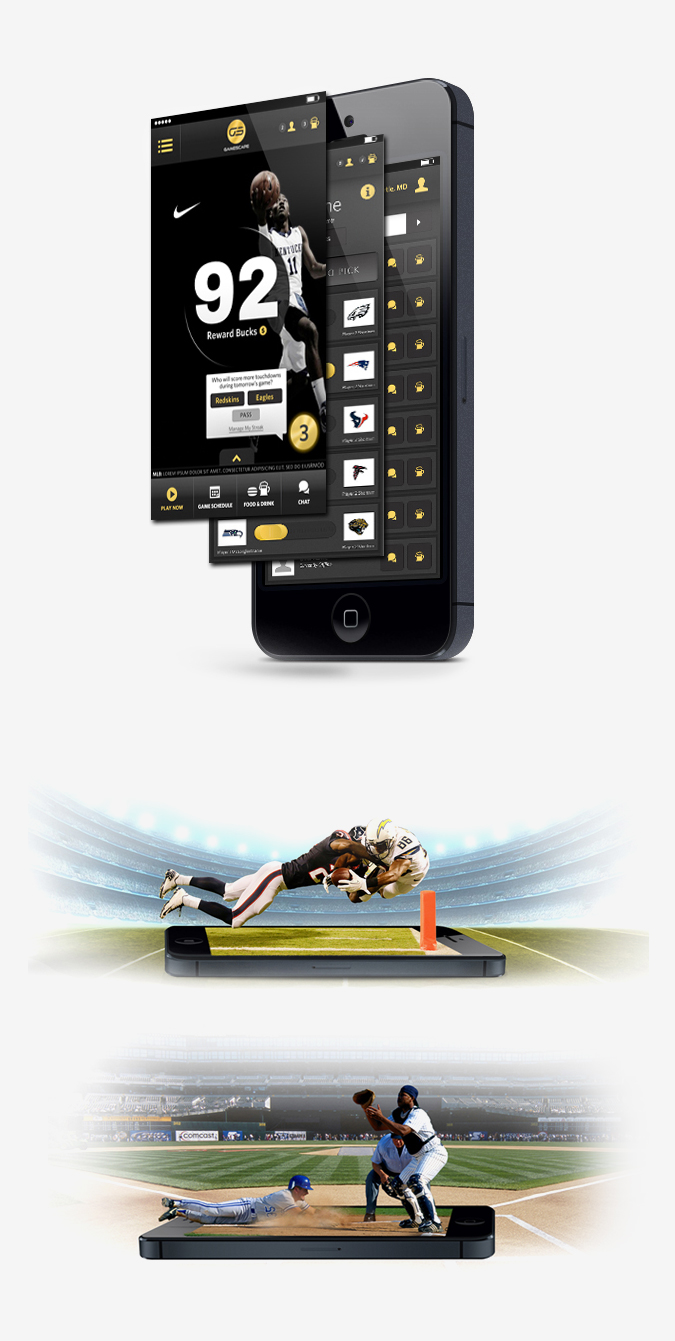
Iron Bow retained Bluetext to bring its solution areas to life in a fresh new and inviting way. Iron Bow wanted to be portrayed as approachable.
Bluetext designed a series of illustrations consistent with a new brand attitude architecture. The four dimension illustration series was used throughout hundreds of assets for Sourcefire with both a white and black base design system, following research that the black and white option would be advantageous for Sourcefire marketing.
VMWare retained Bluetext to bring its value proposition to life in a fresh new and inviting way.
Bowman needed to convey their multi discipline multi vertical end to end solutions in a visually compelling way
Wouldn’t it be better if car trunks had built-in refrigeration for transporting groceries? What if the shower didn’t let out water until it was actually at the temperature you set it to?
These are just two of thousands of ideas put forward on the crowdsource ideation site Betterific. The ideas referenced above are nifty, but you might wonder how they benefit the individuals who come up with them, or ultimately if these ideas will ever get on the radar of companies in a position to execute on them.
To help businesses get a better sense of how to leverage the wisdom of crowds for product, service and marketing ideation, I recently conducted a Q&A with Betterific CEO and Co-Founder Micha Weinblatt – and wrote about it in my PR Week Hub Comms column. You can read the full article here.








